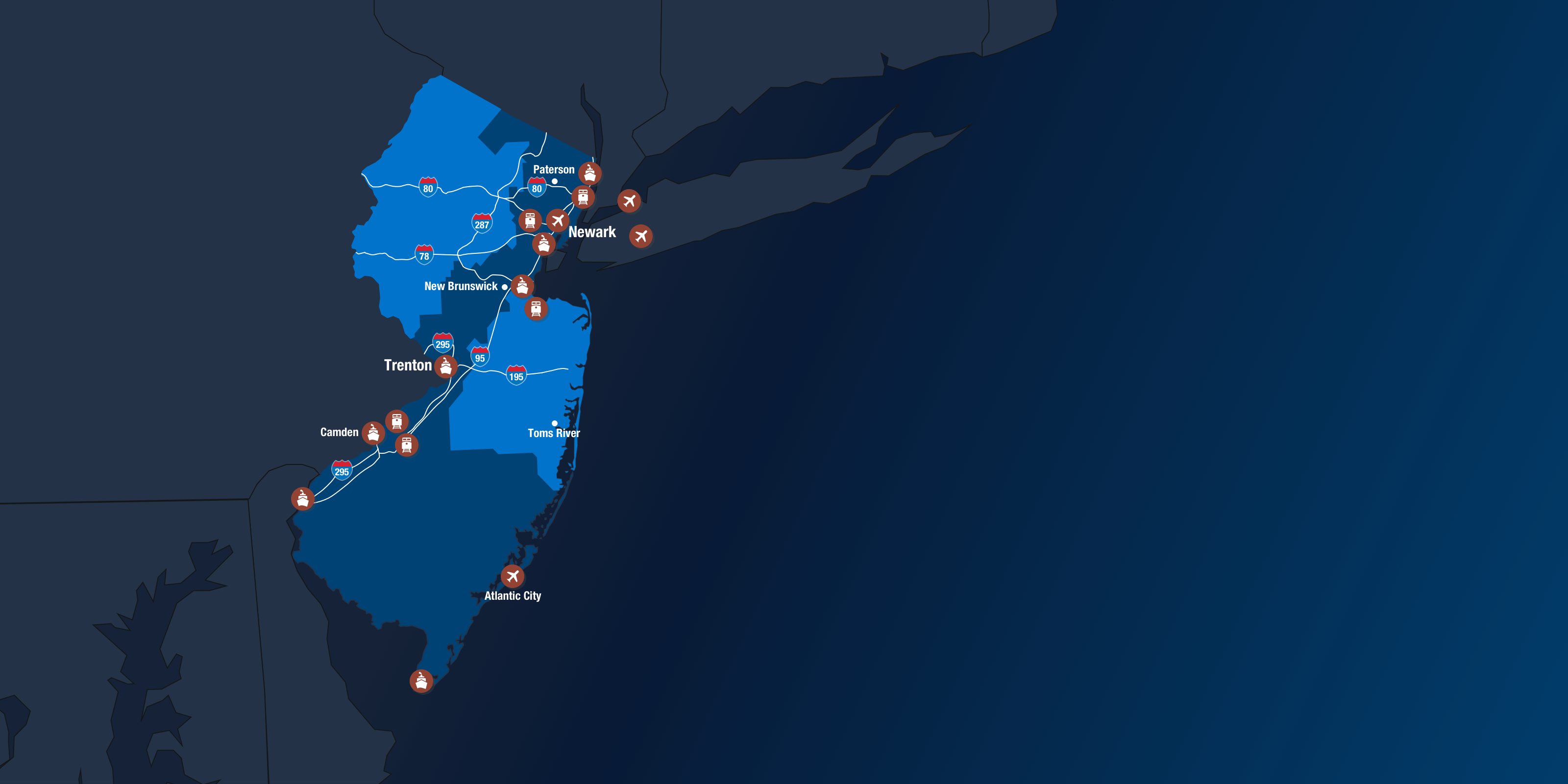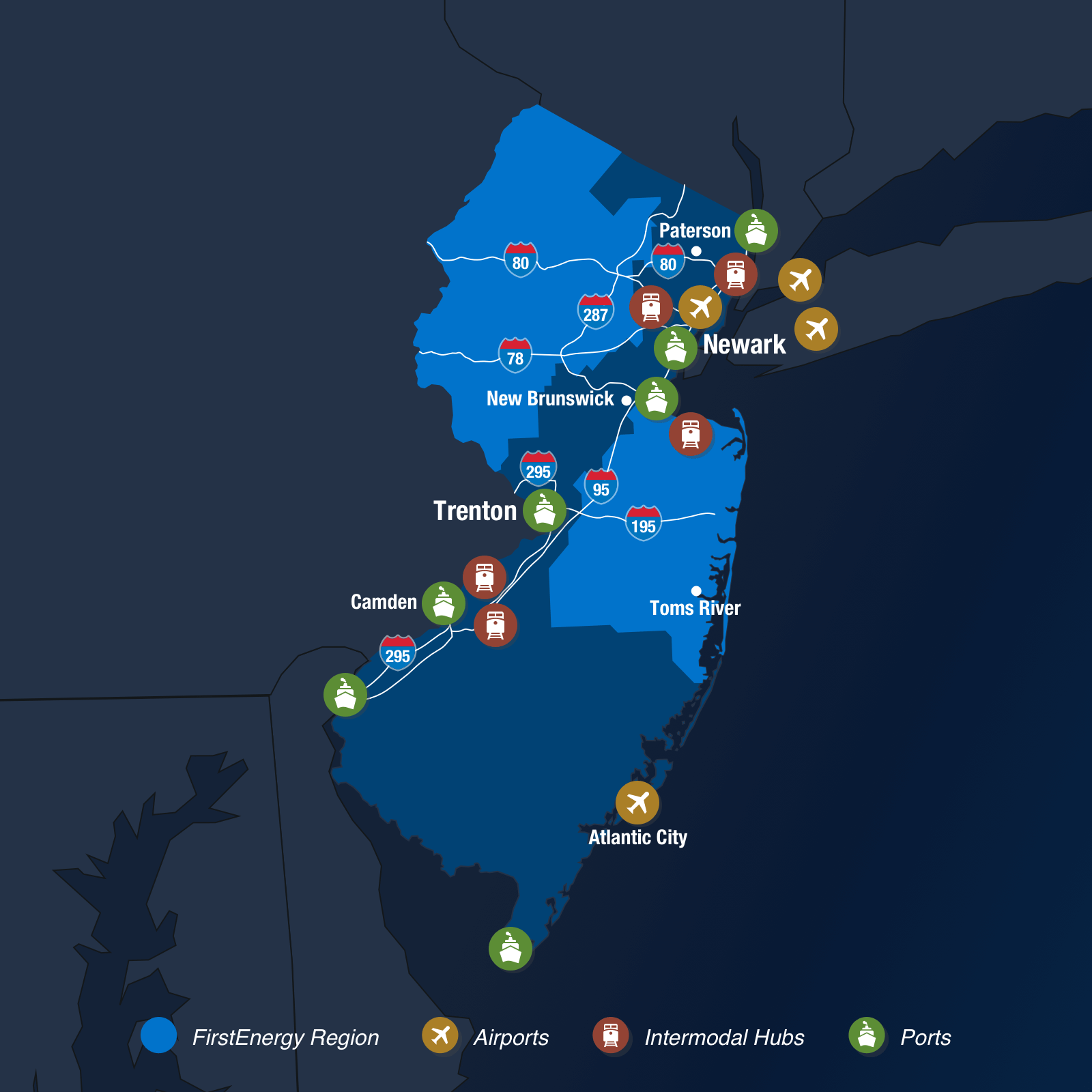Known for Its Ports and Produce, New Jersey Is also a Hub for Life Sciences
With New York City on one side and Philadelphia on the other, New Jersey is one of the most densely populated and prosperous regions in the country. Businesses are attracted to New Jersey because of its proximity to New York City, combined with comparatively low real estate costs. With an unsurpassed network of highways, rails and ports, New Jersey is a leader in transportation and logistics. But the state is also a heavy producer of goods, from vegetables and fruits to manufactured products, including foods, pharmaceuticals, electronics and machinery.
In addition, a cluster of data center companies has grown up rapidly along the I-95 corridor, taking advantage of New Jersey’s excellent broadband connections and the proximity to New York’s financial sector. And, the state is home to major research universities and medical institutions, which support a diverse life sciences industry ranked No. 4 in the nation.
Major Industries in New Jersey
Life Sciences
Agribusiness
Advanced Manufacturing
Transportation and Logistics
Data Centers and Technology
Life Sciences
With New York City on one side and Philadelphia on the other, New Jersey is one of the most densely populated and prosperous regions in the country. Businesses are attracted to New Jersey because of its proximity to New York City, combined with comparatively low real estate costs. With an unsurpassed network of highways, rails and ports, New Jersey is a leader in transportation and logistics. But the state is also a heavy producer of goods, from vegetables and fruits to manufactured products, including foods, pharmaceuticals, electronics and machinery.
In addition, a cluster of data center companies has grown up rapidly along the I-95 corridor, taking advantage of New Jersey’s excellent broadband connections and the proximity to New York’s financial sector. And, the state is home to major research universities and medical institutions, which support a diverse life sciences industry ranked No. 4 in the nation.
- 1st in the nation for quality public schools, according to Education Week
- 225 foreign-owned companies operate in New Jersey
- 88 scientists per sq. mile, the highest concentration in the nation
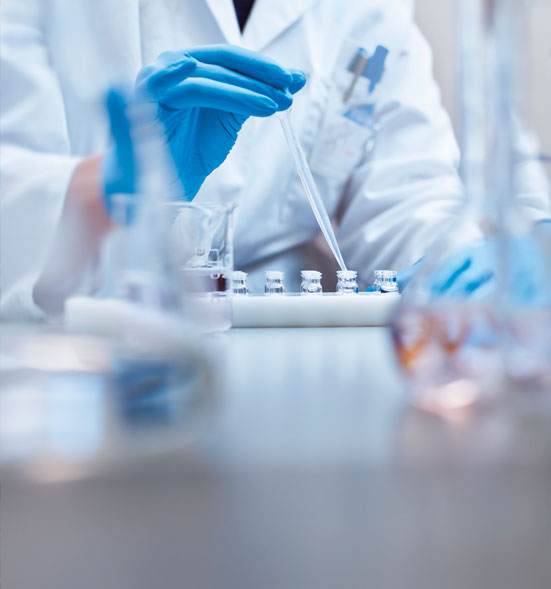
Agribusiness
The Garden State produces many high-value agricultural products, including $300 million each year in fresh fruits and vegetables, from blueberries and cranberries to bell peppers and eggplants. Other leading products are greenhouse and nursery products, horses/mules, dairy products and chicken eggs. In addition, the state is a leader in food manufacturing, food R&D and commercialization. The Rutgers Food Innovation Center, for example, has an international reputation for providing agribusiness entrepreneurs with extensive business and technical mentoring, as well as training and workforce development.
- New Jersey’s 10,000 farms make up over 750,000 acres and generate $100 billion in revenue each year.
- New Jersey has 937 food manufacturing establishments, employing 30,000 residents and generating $1.3 million in revenue each year.

Advanced Manufacturing
Manufacturing is New Jersey’s fourth largest industry, with chemical, pharmaceutical, petroleum and food manufacturing making up the largest portions of this sector. The state also manufactures life-saving drugs, computers and electronics, fabricated metals, machinery and polymers. In all, more than 2,500 advanced manufacturers operate in New Jersey, employing 245,000 residents. Manufacturing benefits from the state’s proximity to major markets and its transportation and logistics industry.
- New Jersey is in the thick of the Mid-Atlantic consumer market. About 130 million consumers live within a day’s drive of New Jersey.
- Port Newark-Elizabeth Marine Terminal is the busiest container port on the East Coast.
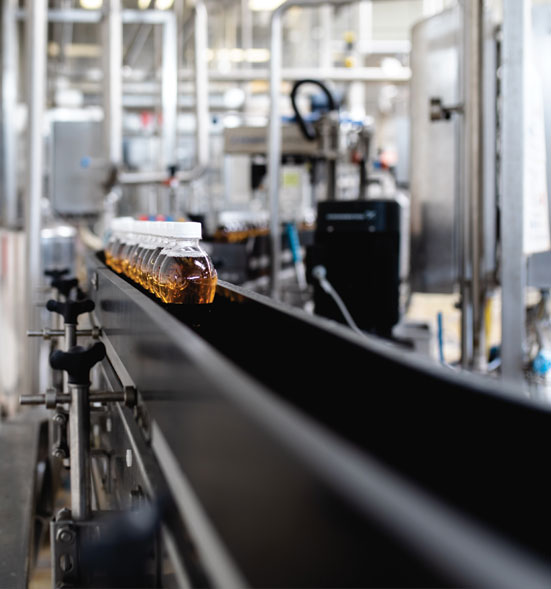
Transportation and Logistics
Because of its central location and its world-class infrastructure, New Jersey’s transportation and logistics industry is growing at a fast rate. By any measure, it is enormous, with about 500,000 people employed in the industry. The state has 2,800 miles of interstates and highways, and the densest rail and road network in the country. The Port of New York and New Jersey, which includes two container terminals in New Jersey, is considered the third largest by tonnage in the U.S. There are five free trade zones in New Jersey, two of them within the Port of New York and New Jersey.
- New Jersey moves 600 million tons of goods per year, contributing about $59.2 billion to the state’s GDP each year.
- The average New Jersey wage in transportation and logistics in 2017 was $71,911 per year.
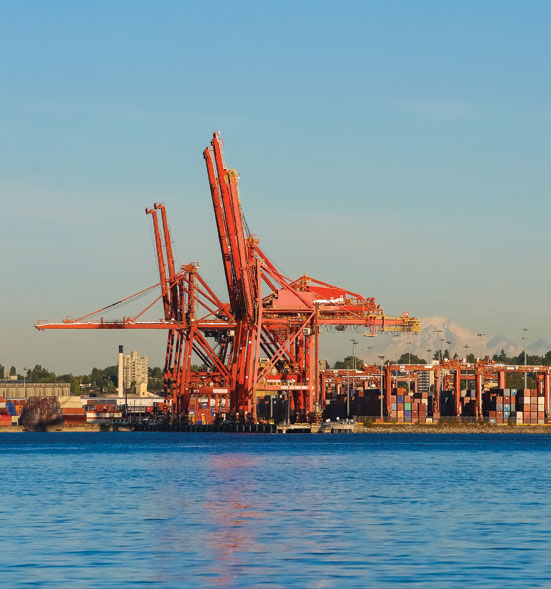
Data Centers and Technology
New Jersey’s location and exceptional technology infrastructure make it an ideal location for data centers and technology companies. New Jersey is the No. 1 state for broadband connections and No. 2 in broadband speed. Compared to New York, real estate is less costly, and FirstEnergy electrical services are very reliable. The New York Stock Exchange and NASDAQ, for example, have moved their data centers out of New York City. The I-95 corridor is a busy location, with data centers in Newark, Clifton, Secaucus, Carlstadt and Weehawken.
- Over 2 million square feet of data centers are located in the state.
- Most of the European transatlantic fiber optic cable connecting to the U.S. is in New Jersey.


